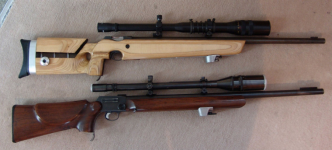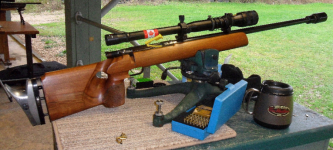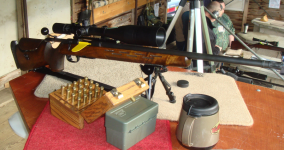nowarningshot
CGN Ultra frequent flyer
To me, there were always some big scopes.Hi,
For a few years I've been plinking away with 22lr, using either a cheap Simmons 4x rimfire scope, or a nice compact Leupold 4x rimfire scope. The Simmons always seemed large in comparison.
Recently I was scope shopping for a centrefire rifle, and settled on a Leupold VX Freedom 2-7. To me, that's a normal sized and weight scope, but looking at the display case, it seemed like almost every other scope is larger (some MUCH larger) than the Leupold, and checking the specs, most scopes are at least 16oz, if not a good deal more. I also was surprised at how large some of othe objective lenses are!
I hadn't looked seriously at scopes in a while, and I was really surprised how large they tend to be now. I guess it's mostly for target shooters? But I'm wondering if anyone is using a large scope (let's say over 13", and over 16oz) for hunting, or any shooting drills/competitions that involve lots of movement from place to place.
Have scopes always been as large and heavy as they seem to be today? Or is it just my limited experience talking?
Cheers,
Marlin989
Becoming truly large, complex, precision dialing, and Christmas tree reticles. That was after handheld range finders and long range shooting sports.












































































